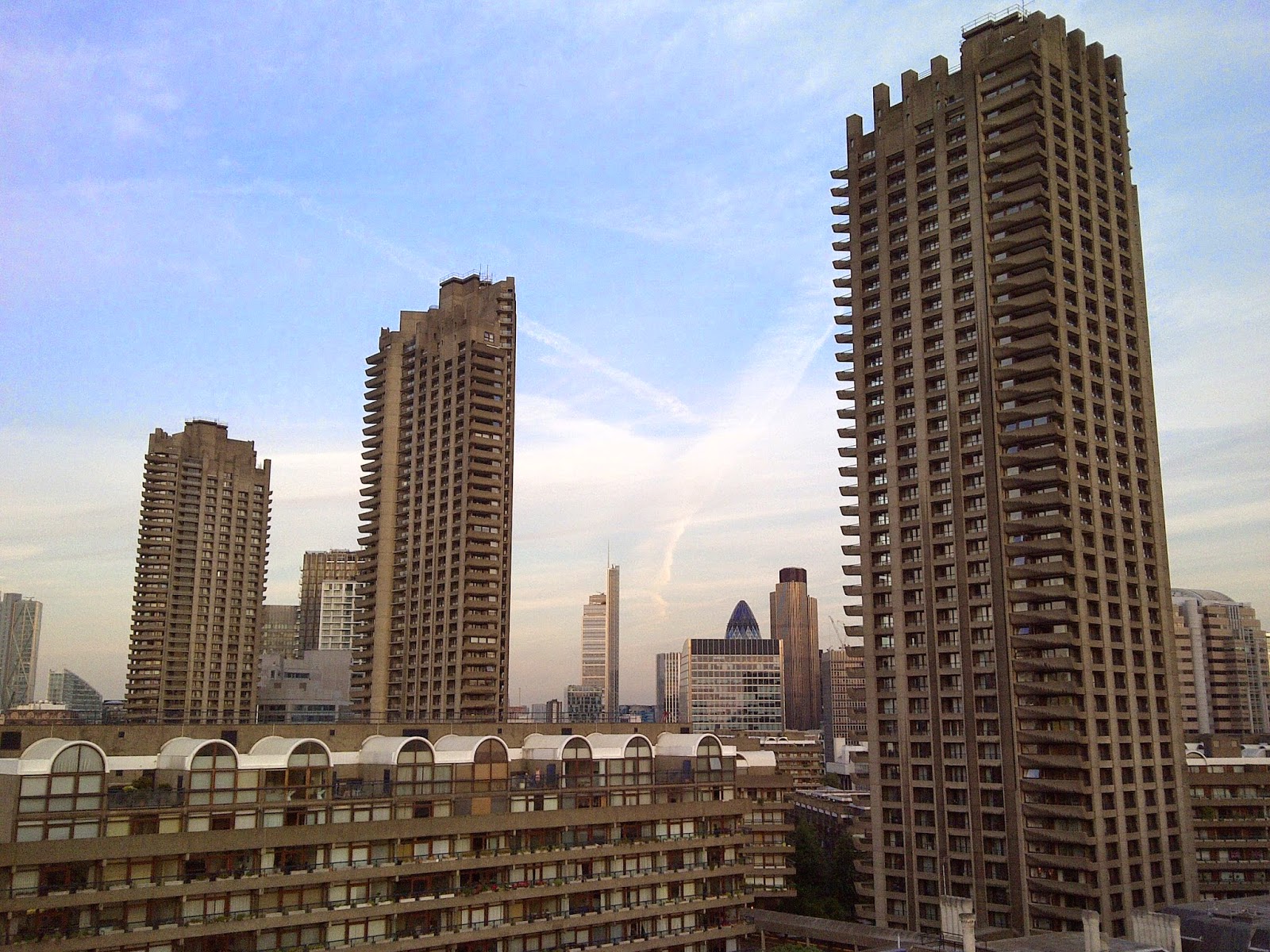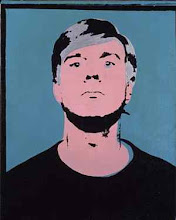 |
| Birmingham Ziggurat Cupcake (2014). (The ziggurat of John Madin's Birmingham Central Library (1974) on a cake.) |
 |
| John Madin, Birmingham Central Library, 1974 |
 |
| Cossins, Peacock & Bewlay, 1899: Birmingham & Midland Institute, Margaret St. |
 |
| Denys Lasdun, National Theatre, 1967-76 |
 |
| Chamberlin, Powell & Bon, The Roger Stevens Building, University of Leeds, 1970 |
 |
| Chamberlin, Powell & Bon, Barbican complex, 1965-76 |
 |
|
Norman
Engleback, Ron Herron and Warren Chalk, Hayward Gallery, 1968
|
 |
| Building Design Partnership, Preston Bus Station, 1968-9 |
 |
| William Winde (attrib.), Ashdown House, Oxfordshire (formerly Berkshire), C17 |
 |
| John Madin, Birmingham Central Library, 1974 |
 |
| Paradise Place, the site of Birmingham Central Library |
 |
| Reflection of the Central Library in abandoned water feature, Paradise Place |
 |
| John Madin, Birmingham Central Library, 1974 |
 |
| John Madin, Birmingham Central Library, 1974 |
 |
| John Madin, Birmingham Central Library, 1974 |
 |
|
Staff celebrate the Central Library's tenth birthday in June
1983 (photo from Birmingham Post)
|
 |
| Richard Seifert, Alpha Tower, Birmingham, 1969-73 |
The day concluded with an interesting talk by Catherine Croft (author of Concrete Architecture) who told us everything anyone had ever wanted to know about concrete but was afraid to ask, in particular the challenges of repair and restoration. Catherine recommeded viewing Adam Curtis' film Inquiry: The Great British Housing Disaster (1984) and reading Concrete Quarterly (free online!).
The only disappointment of the day was that Owen Hatherley (A Guide to the New Ruins of Great Britain) was not able to be present for the guided walk; however, he generously supplied a text copy of A walk aound the modern architecture of Birmingham City Centre which will be my guide on my next visit to the city, taking in John Madin's Nat West Tower ("futuristic concrete exressionism, a praying mantis in in brown concrete and purple engineering brick, throwing up its antennae as if against an opponent" and Bicknell and Hamilton's New Street signal box ("a utilitarian little building whose compacted concrete Vorticism shames most of the self-conscious, self-displaying architecture around it.")
A great day - thanks to all concerned.
 |
| John Madin, Nat West Tower (now 103 Colmore Row), Birmingham, 1973-6 |
.jpg) |
| Bicknell and Hamilton, New Street Station Signal Box, Birmingham, 1965 |


No comments:
Post a Comment